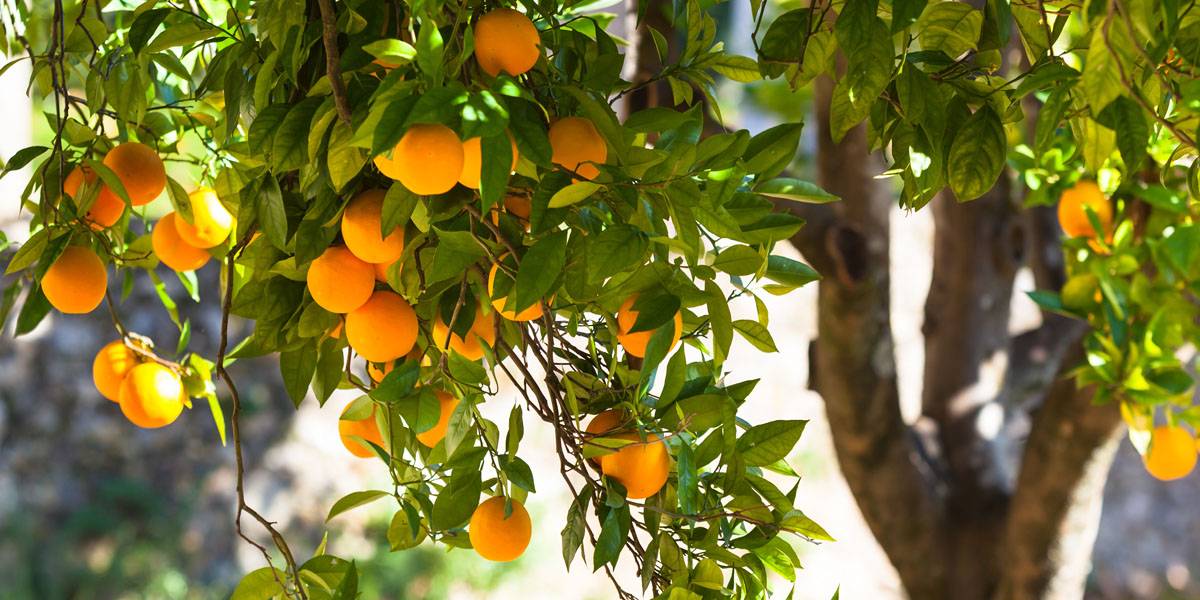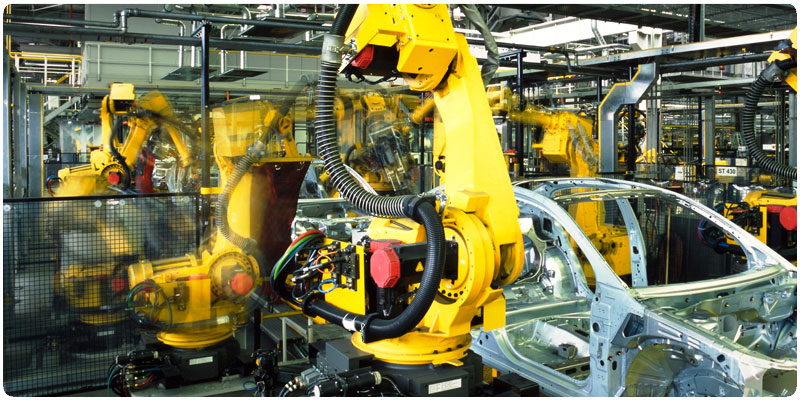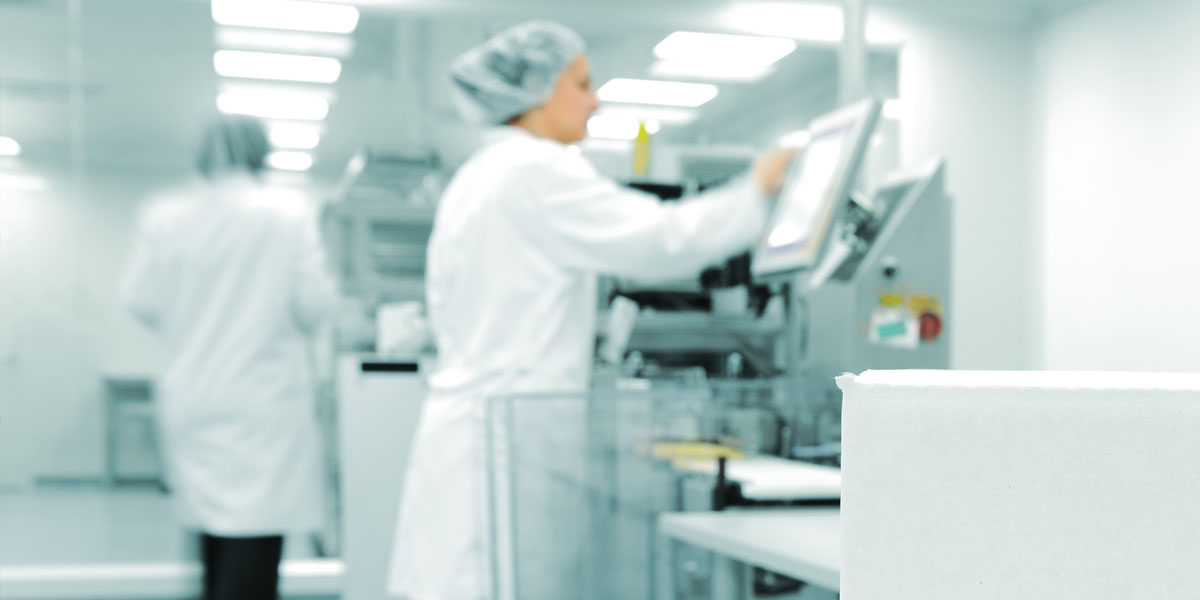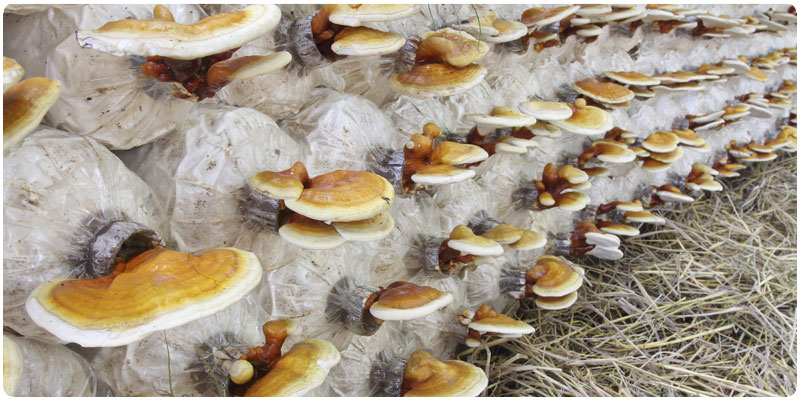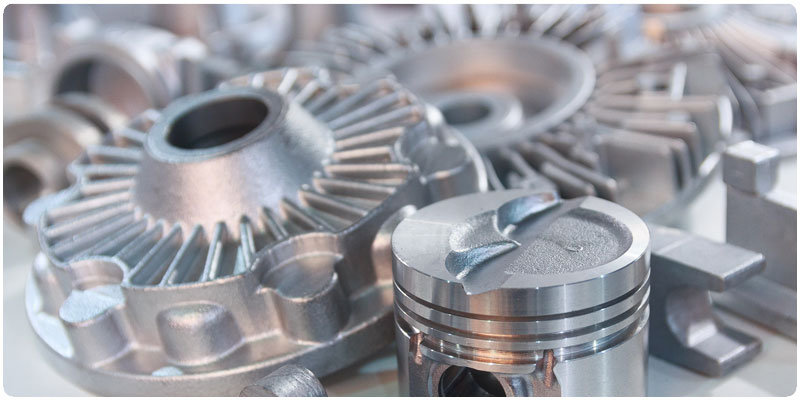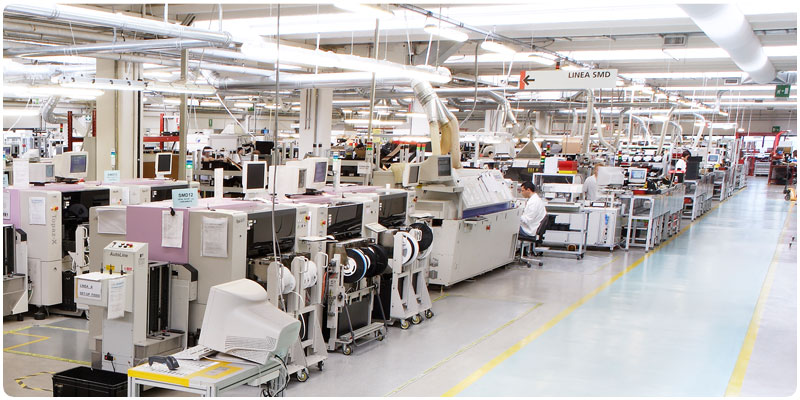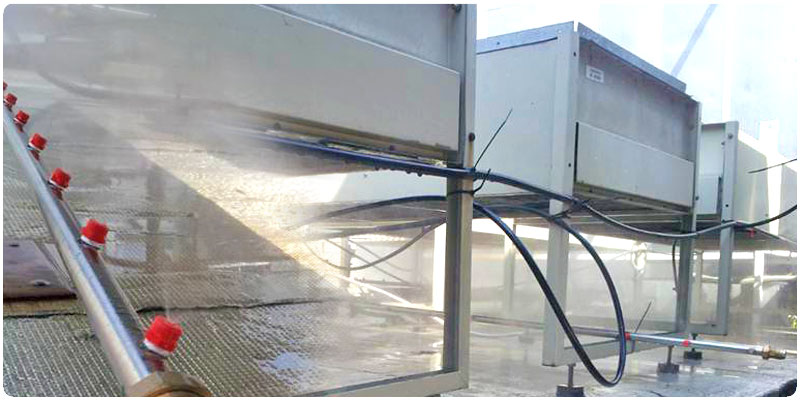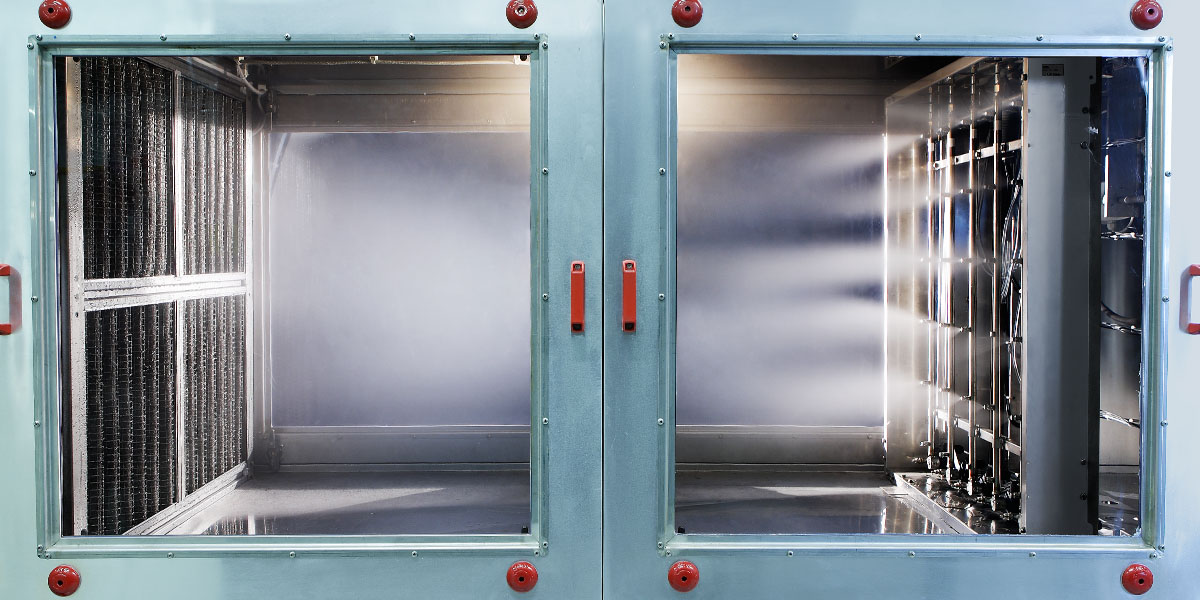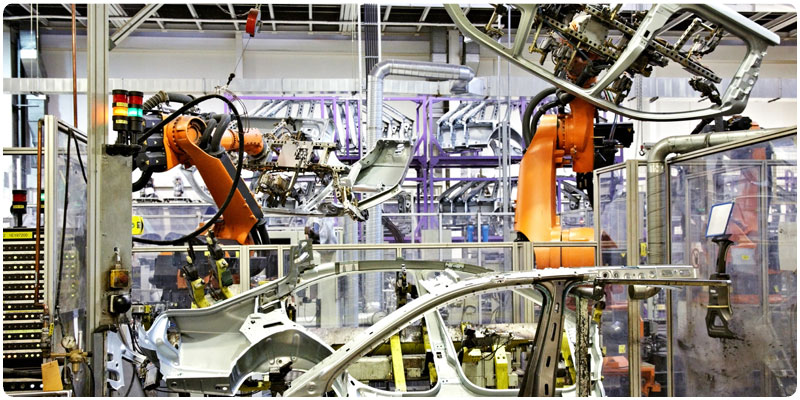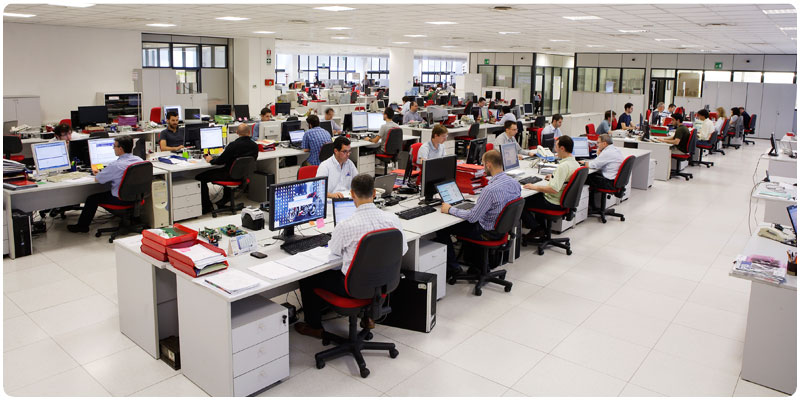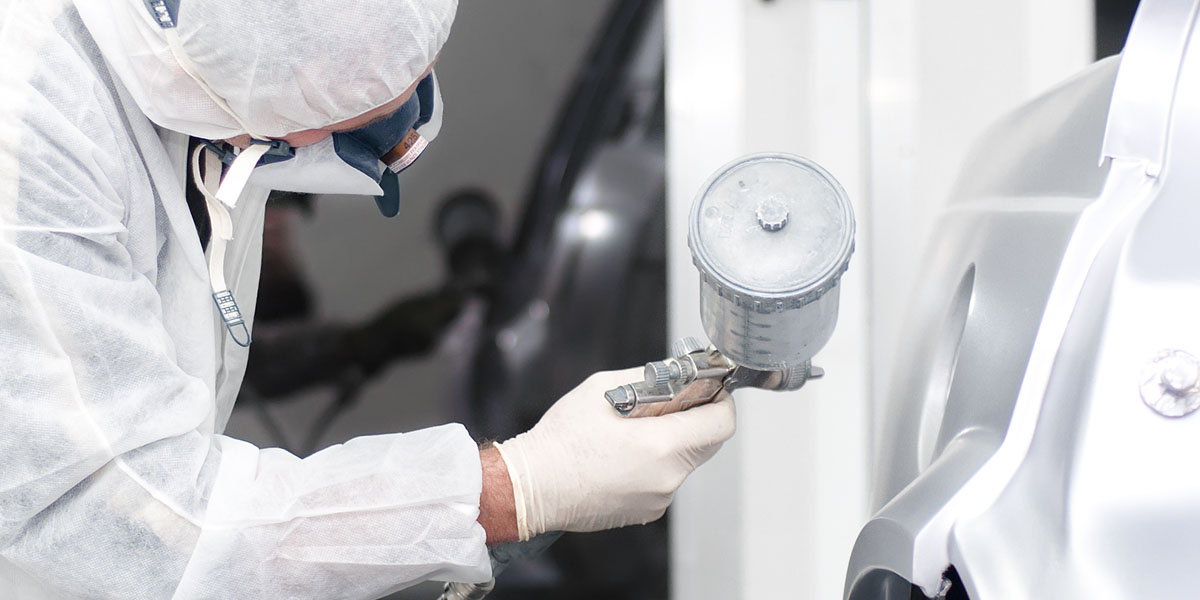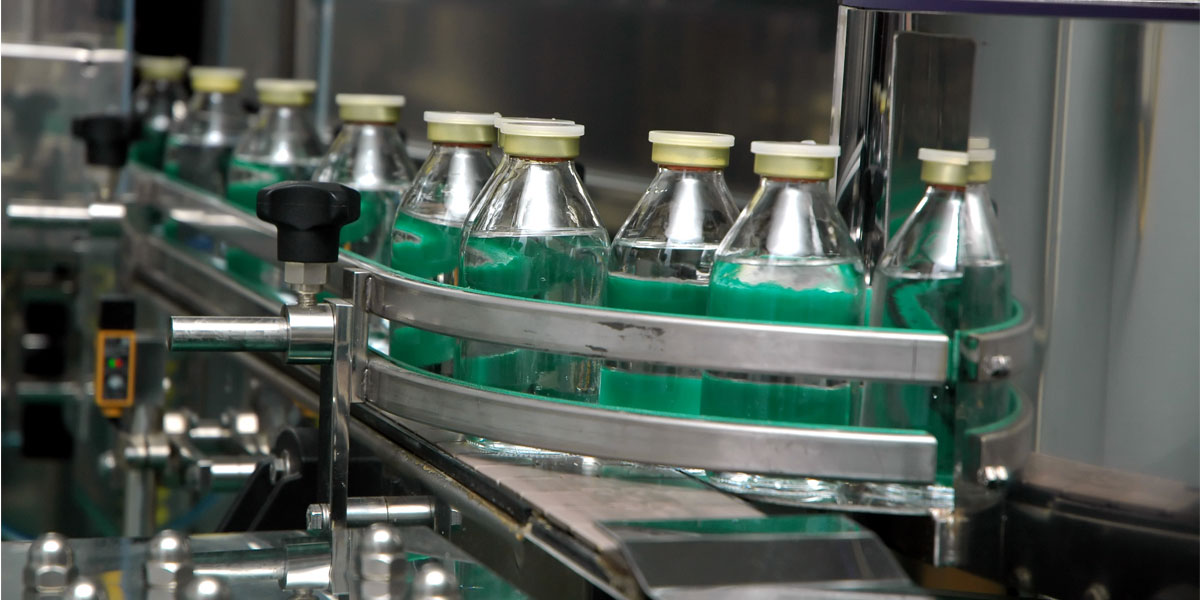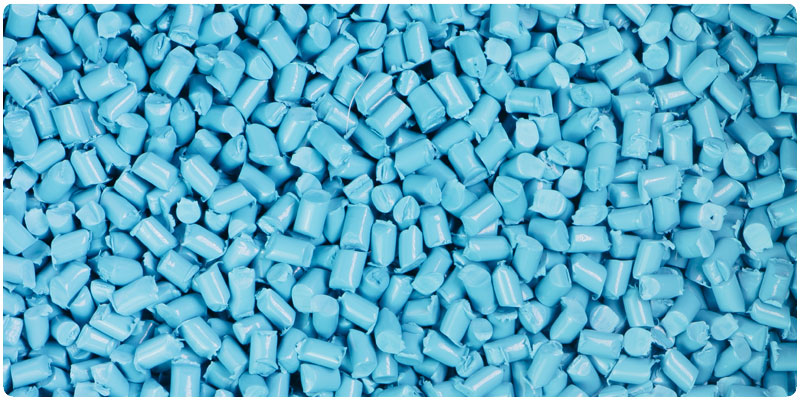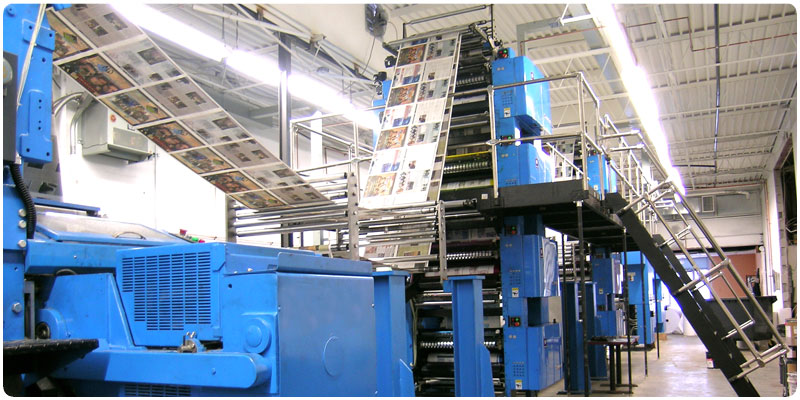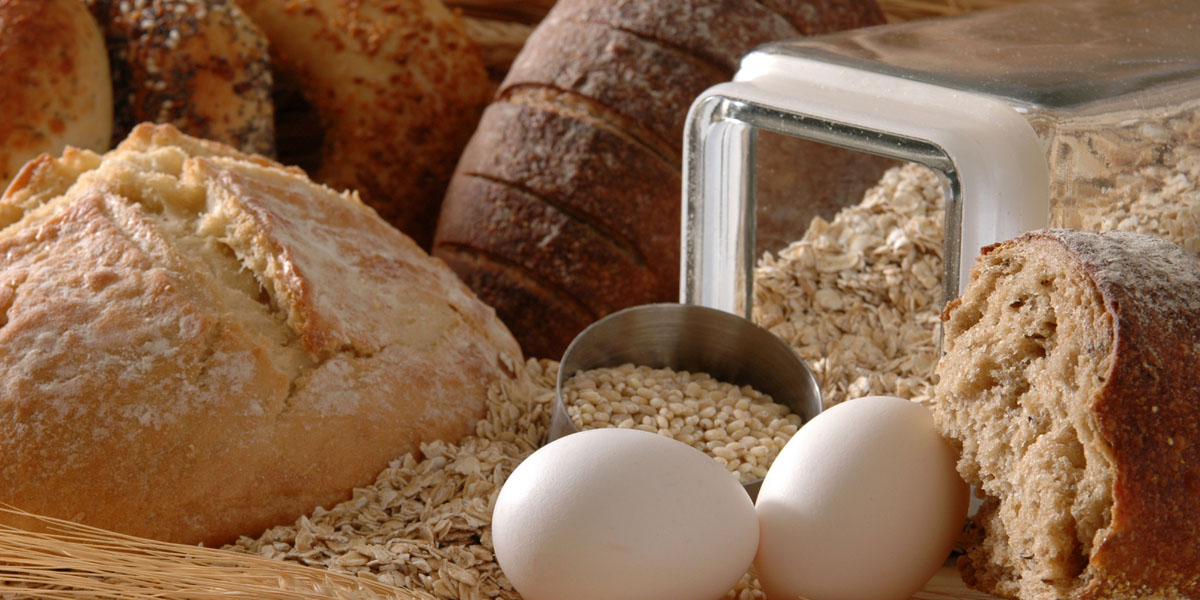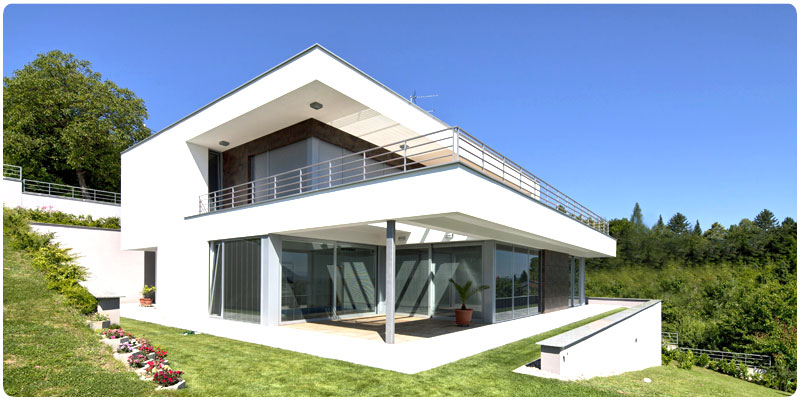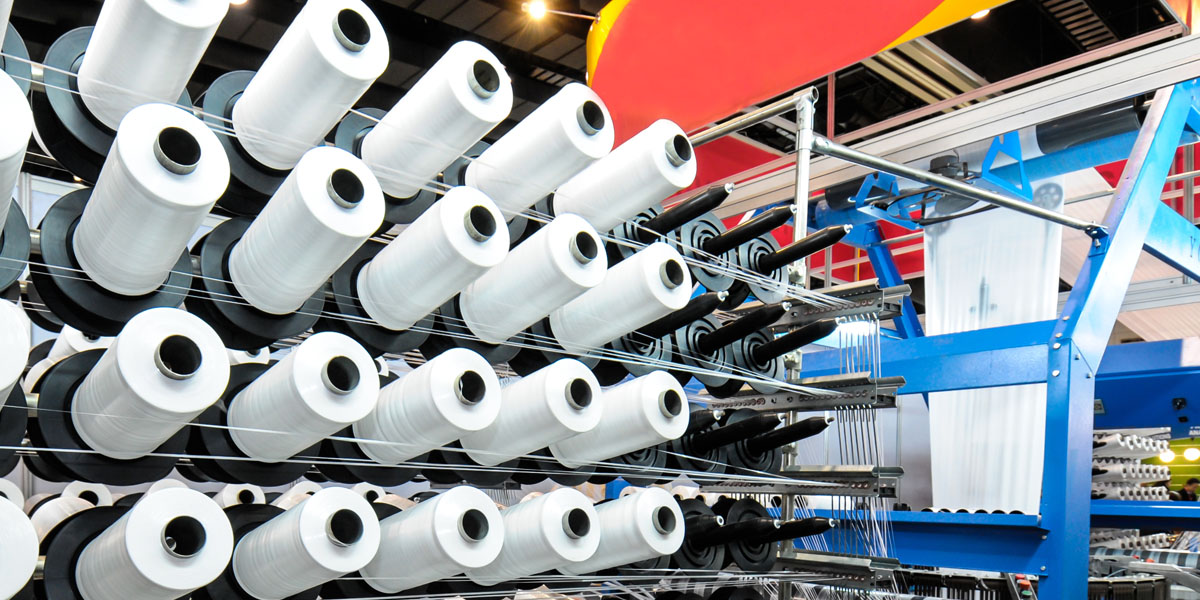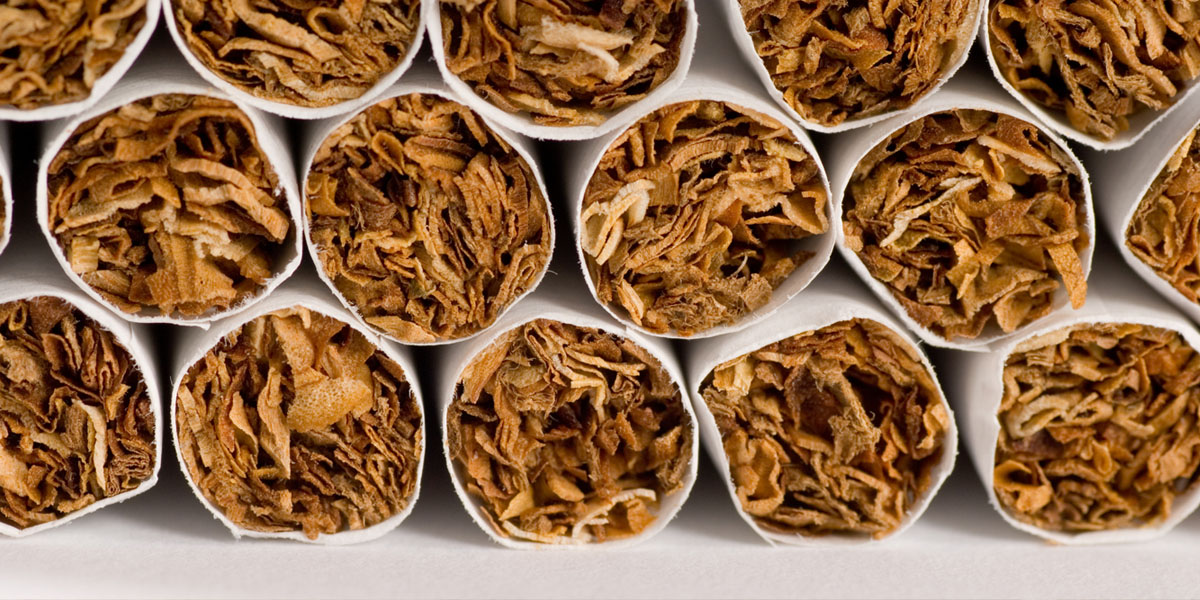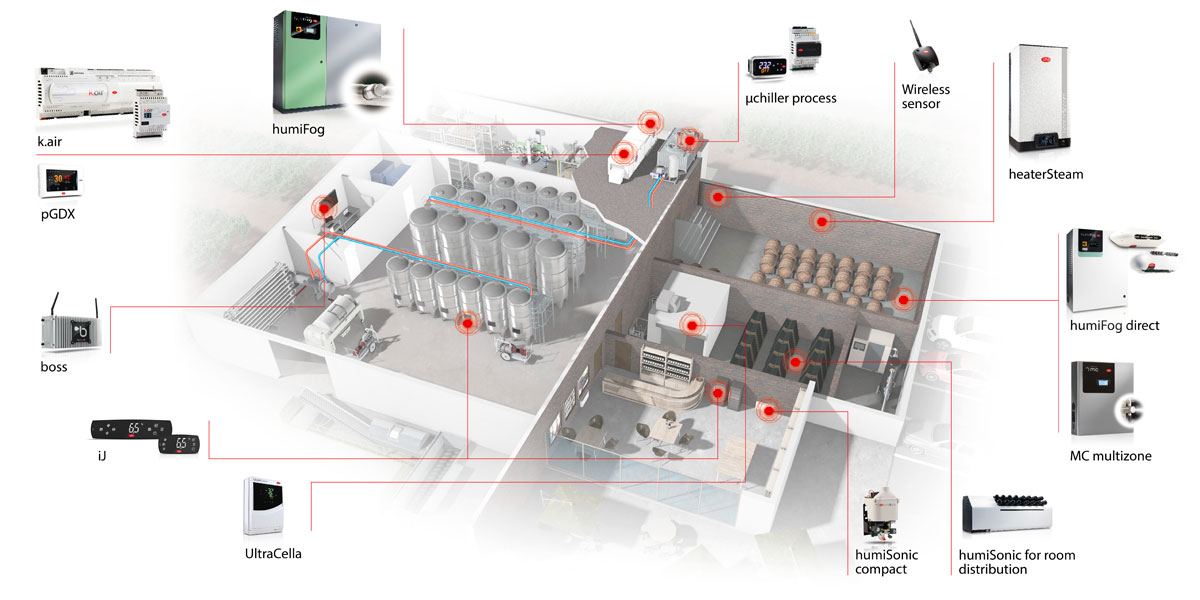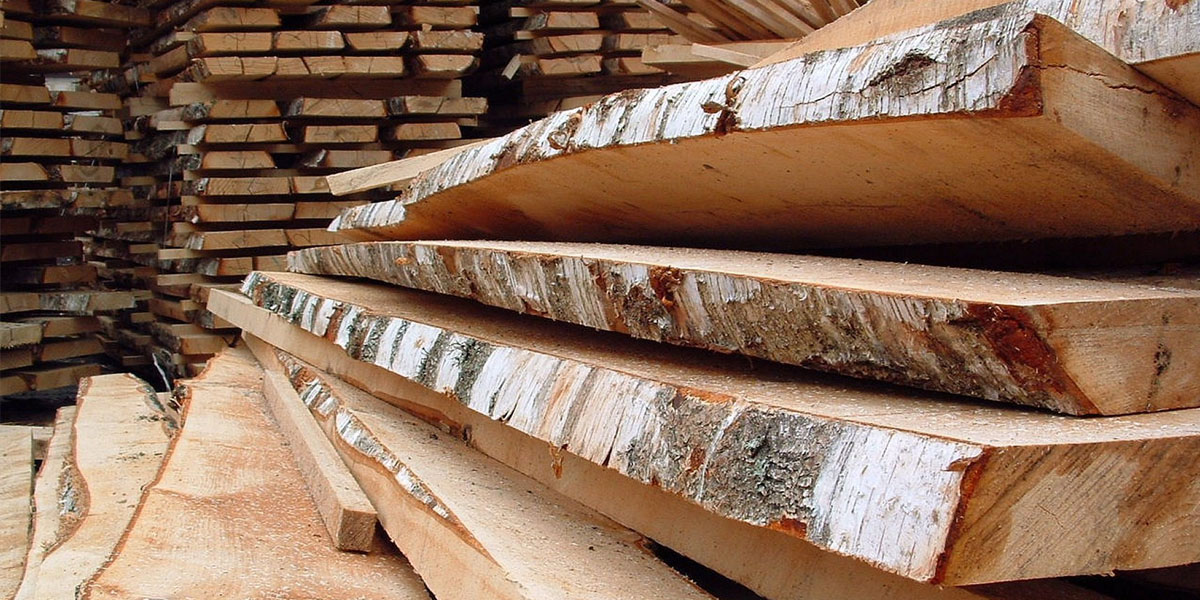Hatcheries
-
General characteristics
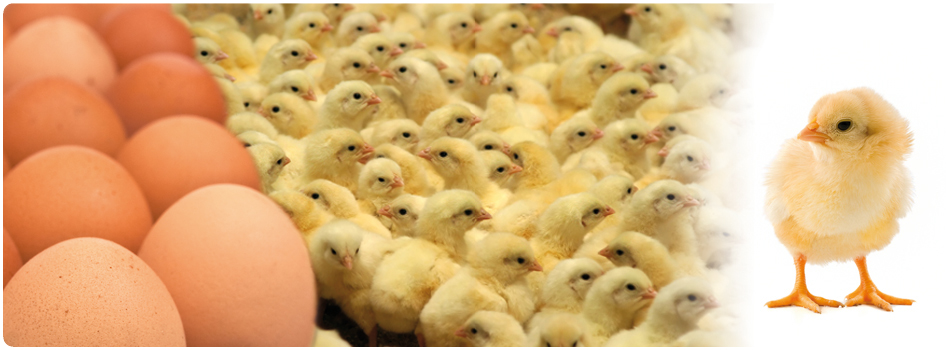
The micro-climate inside incubators affects the health and development of animals. Respiratory, digestive and behavioural problems are more likely when the climate conditions are not controlled.
The younger the animals, or the higher their level of production, the more important the climate conditions where they live, such as the temperature and relative humidity. Humidity control also reduces the chances of survival for microorganisms, which can be harmful to animals. The relative humidity in incubators should ideally be kept between 60 and 80%RH.
In principle, setters and hatchers can function well in a hatchery with open construction, when air pressure in all the rooms is equal to the air pressure outside. In practice, however, the majority of modern hatcheries are “closed” and equipped with air handling systems to control temperature and relative humidity within optimal ranges, as recommended by the incubator manufacturer. The aim, of course, is to create uniform incubation conditions with minimal energy costs.
Recommended hatchery humidity levels
Pre-incubation storage: up to seven days 70-80%RH to reduce the risk of dehydration over seven days 80-88%RH to reduce the risk of dehydration
50-60%RH to prevent excessive moisture loss resulting in dehydrated albumen and damaged embryo
Egg Growth: 50-60%RH to allow the air space to develop to the correct size allowing chick’s lungs to develop correctly after internal pipping
Egg Development: 50-60%RH to prevent wet navel and red hocks
Egg Hatching: 50-60%RH to prevent shell sticking to down
Chick Pen / Broiler House first couple of days after hatching: 70%RH to prevent chicks dehydrating
-
Plus
Controlling humidity in hatcheries allows
- Hatchery hygiene
- Reduced risk of dehydration
- Prevent excessive moisture loss

